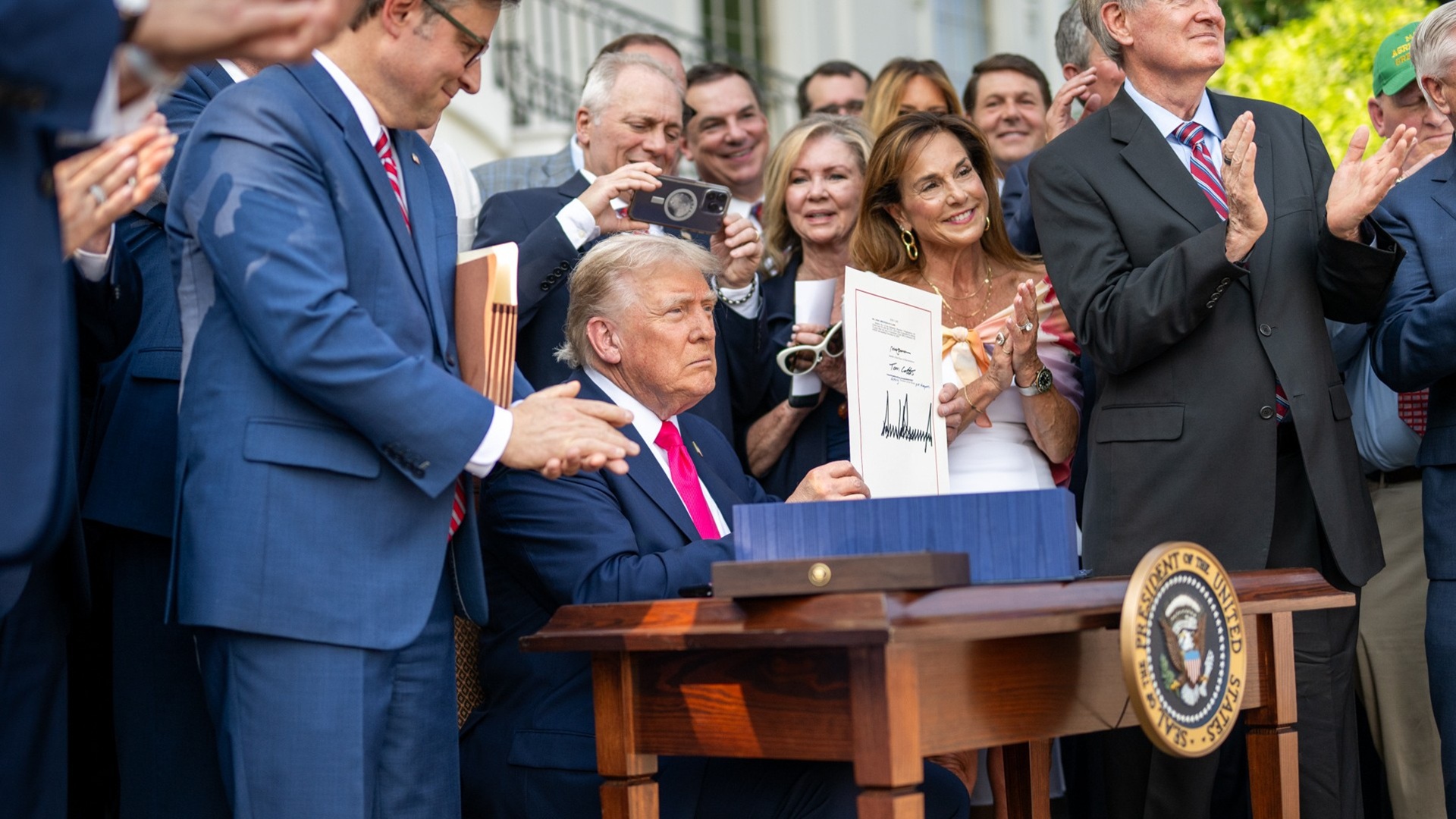
President Donald Trump’s recently enacted “Big, Beautiful Bill” has received both praise and criticism from the financial community, with supporters touting the bill’s tax and investment incentives — and the latter decrying its impact on the national deficit.
Read Next: I Asked ChatGPT What the Big Beautiful Bill Means for My Stock Investments, Here’s What It Said
For You: How Much Money Is Needed To Be Considered Middle Class in Your State?
But even critics think the law could boost business spending over the near term while also offering tax incentives that can help improve profitability. If businesses invest in growth and see their sales and earnings improve, then everyday investors stand to benefit as well through rising stock valuations. Below are four ways the “Big, Beautiful Bill” could spark an investment surge among U.S. businesses.
Also here is ChatGPT’s simple explanation of the “Big Beautiful Bill.”
Strengthens the TCJA
One key provision of the bill is that it makes permanent the Tax Cuts and Jobs Act’s (TCJA) “less restrictive limitation” on interest deductions and Section 179 expensing for small businesses, the Tax Foundation said. This will free up more money for small businesses to invest in growth. The bill also introduces temporary expensing for certain qualified structures — which the Tax Foundation said was a “good addition” that would need to be made permanent for long-run economic growth.
Check Out: 12 Best Safe Investments To Grow Your Money in 2025
Boosts the Aerospace/Defense Industry
The bill includes a $150 billion investment in defense spending that pushes total planned defense spending requests and appropriations to more than $1 trillion for the fiscal year 2026, according to State Street Investment Management. This should “support earnings growth and potential returns” for the industry and lead to advancements in innovation and funding for early-stage research.
Eases Taxes on Capital Investment
As the Tax Foundation explained, the law makes expensing for investment in short-lived assets and domestic research and development permanent. The tax penalty for immediate capital investment deductions will be eliminated, while permanent expensing has the most “bang for the buck” when it comes to economic growth. The Tax Foundation estimated that these two provisions alone will boost “long-run GDP” by 0.7 percent.
Small Caps Will Benefit From Interest Expense Changes
The bottom lines for small-cap stocks “could get a boost” from a provision in the bill changing the maximum amount of deductible business interest expense from 30% of EBIT to 30% of EBITDA, according to State Street.
“The inclusion of depreciation and amortization expenses in calculating interest expense deductibility means larger deductions that should flow through as a positive for earnings,” State Street said. “Companies that incur both high depreciation and amortization, along with high interest expenses, will receive the largest benefit.”
Editor’s note on political coverage: GOBankingRates is nonpartisan and strives to cover all aspects of the economy objectively and present balanced reports on politically focused finance stories. You can find more coverage of this topic on GOBankingRates.com.
More From GOBankingRates
- 3 Luxury SUVs That Will Have Massive Price Drops in Summer 2025
- Proven Ways Small Business Owners Are Protecting What They've Built
- 7 Ways To Tell If You're Rich or Middle Class -- It's More Than Your Paycheck
- Clever Ways To Save Money That Actually Work in 2025
This article originally appeared on GOBankingRates.com: 4 Ways Trump’s ‘Big, Beautiful Bill’ Is Sparking an Investment Surge Across US Businesses







